
Sanam Loghavi: Optical genome mapping in acute myeloid leukemia
Sanam Loghavi, shared a post on X about a recent paper titled “Optical genome mapping improves the accuracy of classification, risk stratification, and personalized treatment strategies for patients with acute myeloid leukemia” published in the American Journal of Hematology.
Authors: Sanam Loghavi, Qing Wei, Farhad Ravandi, Andres E. Quesada, Mark J. Routbort, Shimin Hu, Gokce A. Toruner, Sa A. Wang, Wei Wang, Roberto N. Miranda, Shaoying Li, Jie Xu, Courtney D. DiNardo, Naval Daver, Tapan M. Kadia, Ghayas C. Issa, Hagop M. Kantarjian, L. Jeffrey Medeiros, Guilin Tang
“Excited to share our MD Anderson Cancer Center experience with optical genome mapping in acute myeloid leukemia, out in American Journal of Hematology.
This represents the largest AML (acute myeloid leukemia) cohort (103 ND, 56 R/R) analyzed with OGM (Optical Genome Mapping) in a clinical setting.
We compared OGM with standard cytogenetics (karyotype+ FISH). OGM identified additional aberrations and/or fusion partners in 48% of patients.
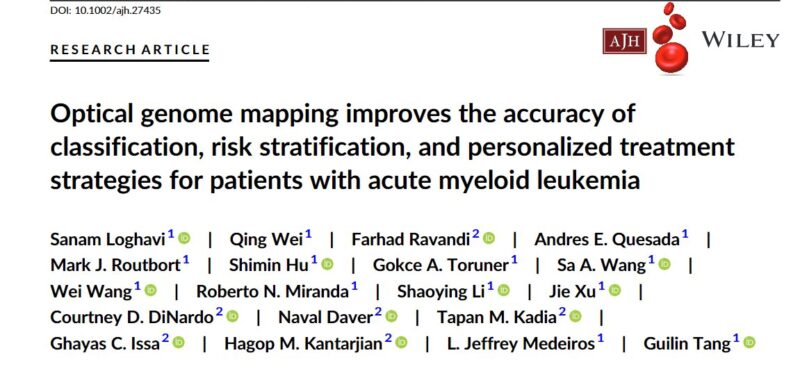
OGM was able to refine classification & ELN 2022 risk by identifying cryptic MECOM, NUP98, KMT2A, and MR-related alterations.
Notably, NUP98 and KMT2A rearrangements are amenable to treatment with menin-i, highlighting therapeutic relevance.
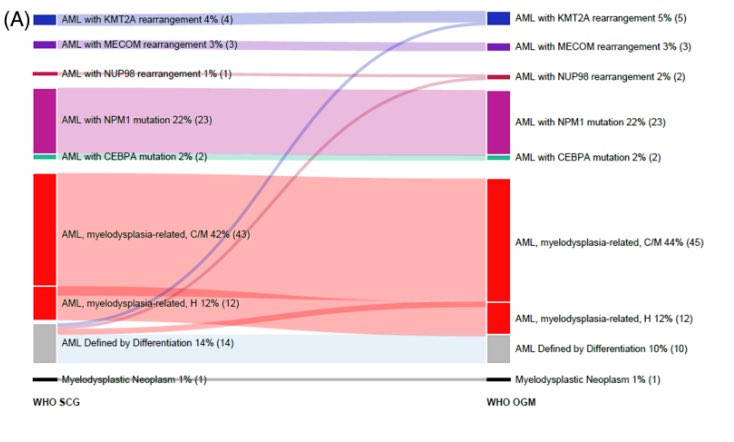
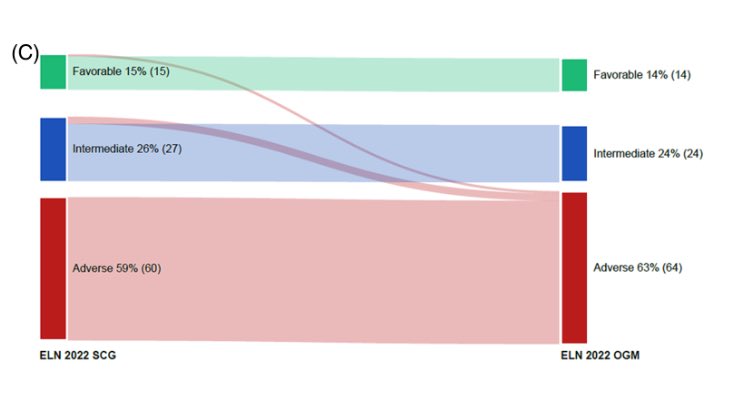
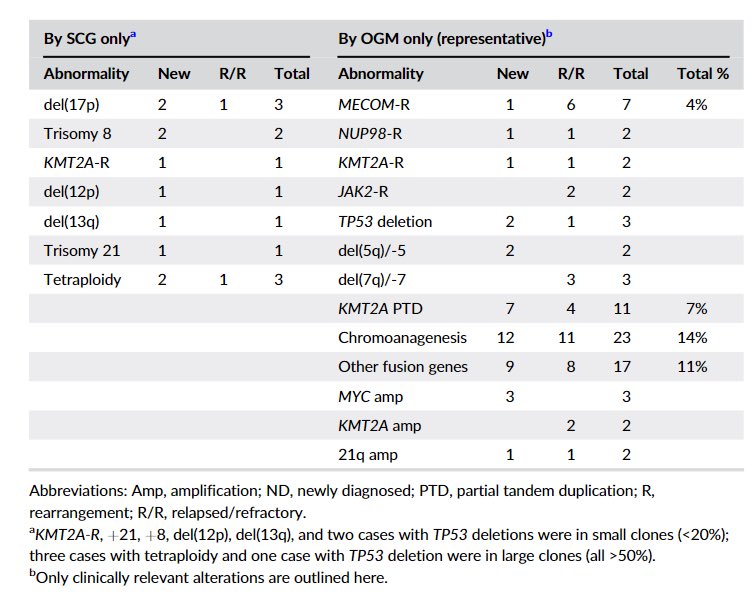
Other relevant findings that OGM was superior in identifying compared with standard cytogenetics were KTM2A partial tandem duplications (poor prognosis)
And chromoanagenesis/chromothriosis and gene amplifications (also poo prognosis).
But OGM was not perfect… The limit of detection remains a limitation and small clones (<20%) may be overlooked by OGM.
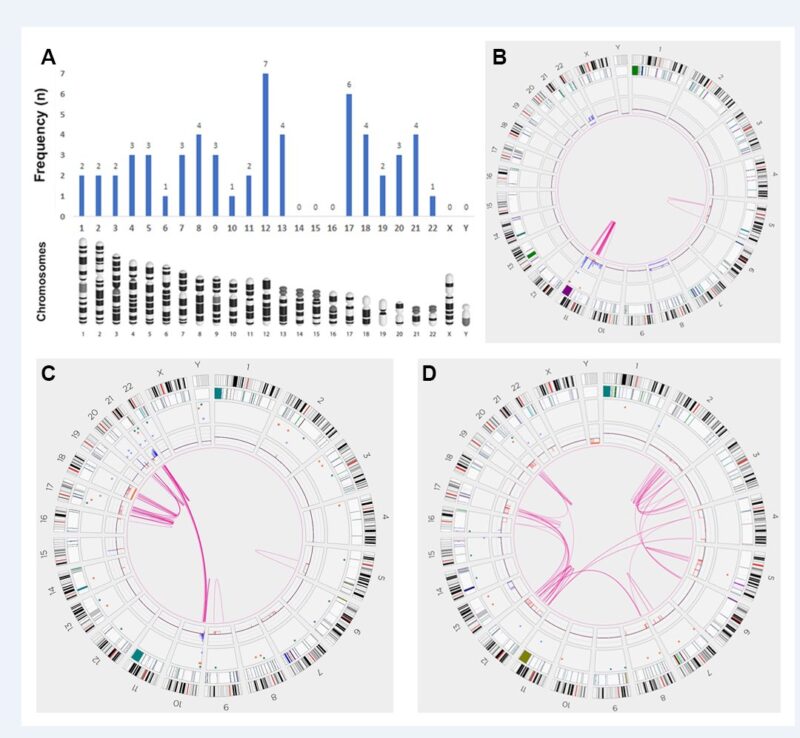
We have provided extensive detail on methods, our analysis pipeline and feature files in the supplemental material, for anyone who is interested in implementing OGM.
A special thanks to my main partner the amazing Guilin Tang, whose knowledge is CG is unparalleled, to all our co-authors, our wonderful Leukemia colleagues, the Bionano team for their support and American Journal of Hematology editors and reviewers for improving our manuscript in the process of peer review.”
Source: Sanam Loghavi/X
Sanam Loghavi is an Associate Professor of Pathology and Laboratory Medicine at the Department of Hematopathology at MD Anderson Cancer Center. She is the Medical Director of the ECOG/ACRIN Leukemia Bank at the Central Biorepository and Pathology Facility at MD Anderson. She has authored around 200 peer-reviewed publications focused on hematologic neoplasms and is a co-investigator on several national and internationally-run clinical trials for hematologic malignancies. She serves on various committees including the HPATH Committee of the College of American Pathologists and the Education and Outreach Committees for International Clinical Cytometry Society.
